Graduate Student Research
Graduate students in William & Mary's School of Marine Science at VIMS play an important role in ABC's research efforts. Here we list some of their most recent research projects.
Joey Matt (2021)Title: Sources of variation in commercial traits of triploid Crassostrea virginica. Objectives: Evaluate genetic basis of “triploid mortality” and “low salinity mortality” in triploid C. virginica, determine genetic parameters of growth and condition traits in triploid C. virginica, and examine the relationship among “triploid mortality,” gonad development, and biochemical composition in triploid families. |
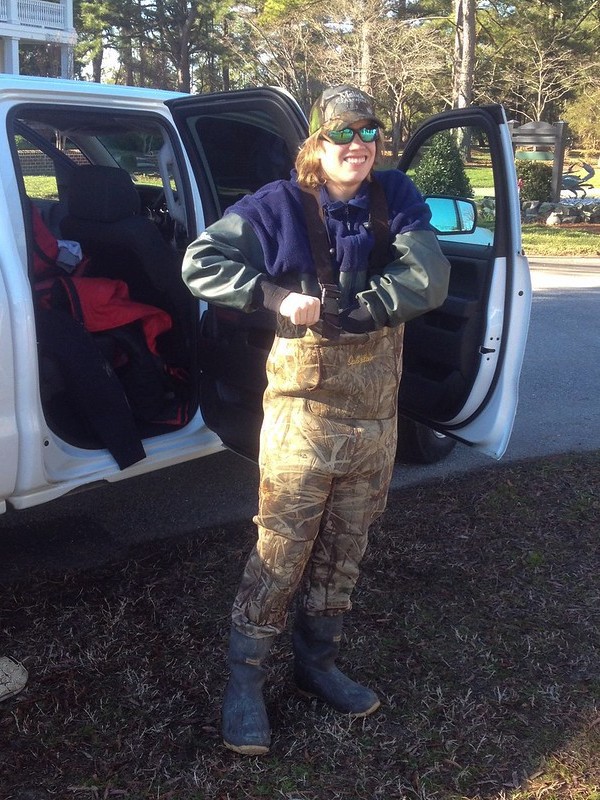 |
Kate Ritter (2019)Title: Fecundity of triploid eastern oyster (Crassostrea virginica) as a function of tetraploid lineage. Objective: Gather evidence to determine if triploid oysters have become more fecund due to generations of selective breeding, and if fecundity may be increasing mortality rates. Findings: No evidence was found to suggest triploid fecundity is increasing. The site where the oysters are grown is the main factor in determining their fecundity. No evidence was found to suggest that fecundity causes triploid mortality. |
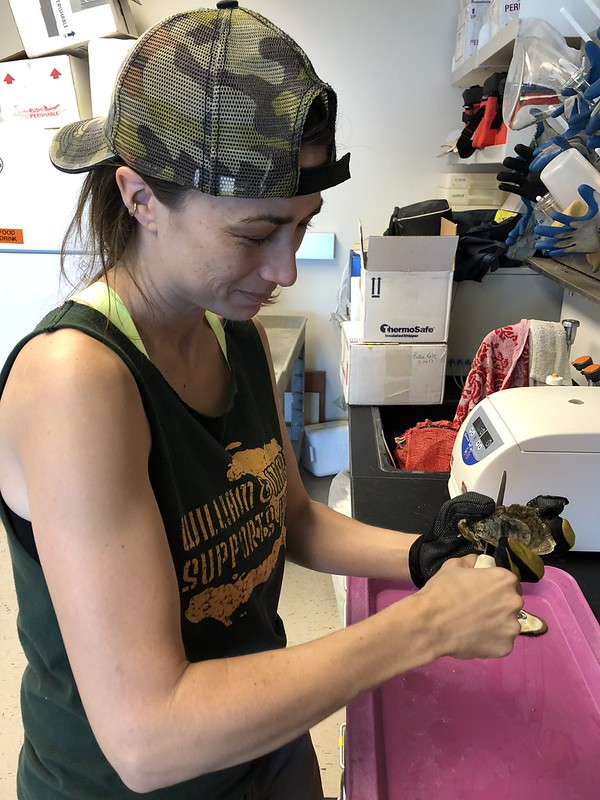 |
Joey Matt (2018)Title: The relationship between reproduction and mortality in triploid Crassostrea virginica. Objective: Investigate the effect ploidy, brood stock origin, and gonad development have on susceptibility to unusual mass mortalities of triploid Crassostrea virginica in late spring, referred to as “triploid mortality. Findings: Conditions inducing triploid mortality did not cause mortality in diploids. A new classification system was developed for categorizing gonad development in triploid C. virginica. The proportion of triploids in each category of gonad development was nearly identical between the affected site and control site before, during, and immediately after the triploid mortality event. |
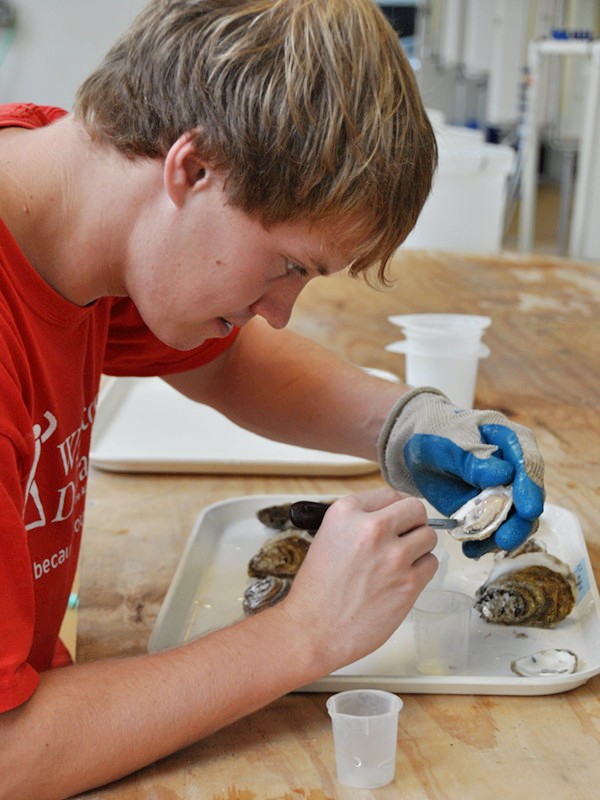 |
Brian Callam (2013)Title: Improvements in triploid Crassostrea virginica production: Characterizing the diploid parent. Objective: Gather evidence to determine differences in growth and survival between diploid and triploid oysters of the same dam (female parent). Findings: Evidence suggests triploid oysters grow faster and have greater survival than their diploid relatives in high salinity environments. The triploid advantage is diminished in low salinity environments. |
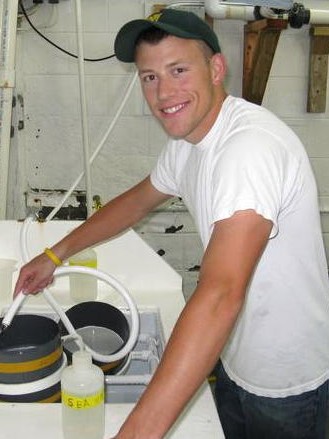 |
Stephanie Reiner (2011)Title: Evaluating the use of flow-through larval culture for the eastern oyster, Crassostrea virginica. Objective: Evaluate the optimal water flow rate and larval stocking density in a flow-through system. Findings: Five exchanges of water per day and a stocking density of 10-20 larvae/mL resulted in the highest survival and fastest growth rate of C. virginica larvae. |
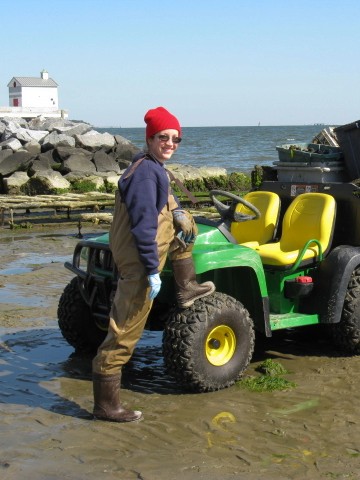 |
Michael Congrove (2008)Title: A bio-economic feasibility model for remote setting: Potential for oyster aquaculture in Virginia. Objective: Gather evidence to determine if it is practical for the Virginia aquaculture industry to increase revenues by employing spat-on-shell techniques -setting oyster larvae on empty shells and transporting those shells to remote locations within Chesapeake Bay for grow-out. Findings: Eighty percent of surviving oysters reach market size in approximately 30 months. The predicted cost of producing, planting, and harvesting one bushel of market size oysters in 2008 was $21.40, yielding a profit of $13.60 per bushel. |
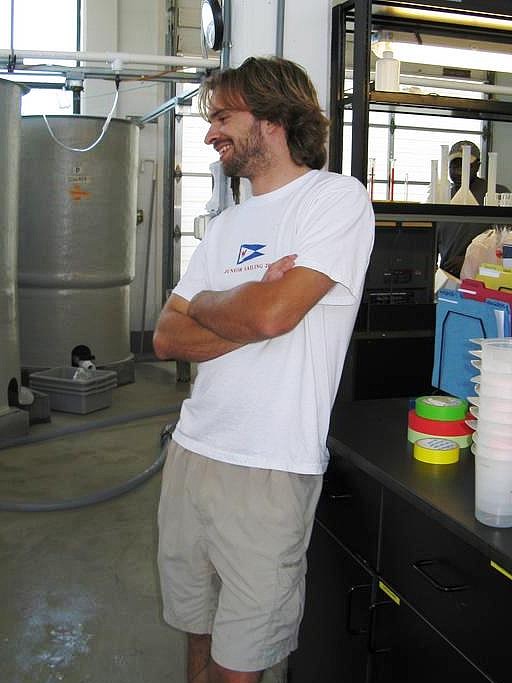 |

